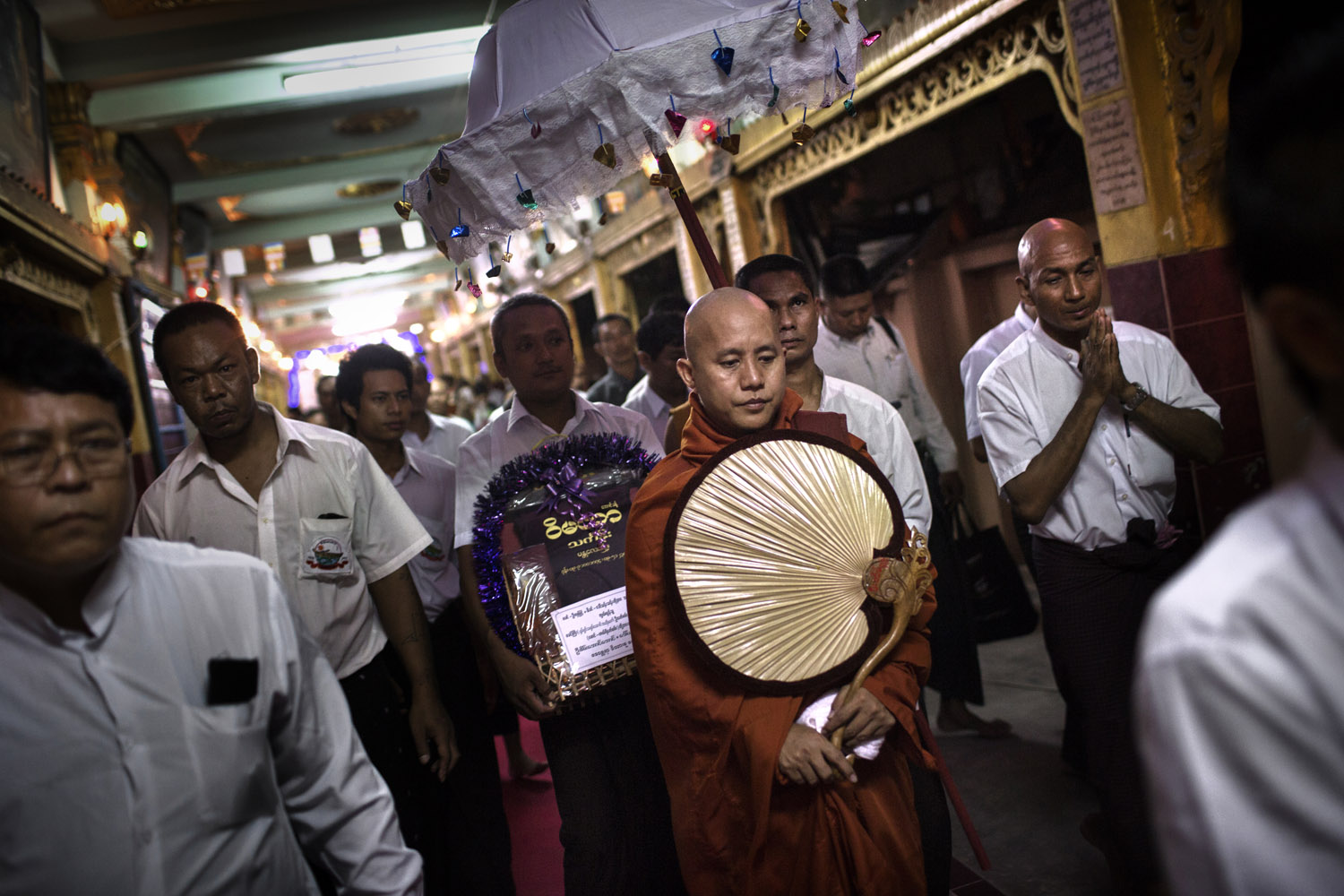
The spectacle of faith makes for luminous photography. Buddhism, in particular, lends itself to the lens: those shaven heads and richly hued monastic robes; the swirls of incense; the pure expressions of devotees to a religion whose first precept is “do not kill.” But as photographer Adam Dean and I discovered when traveling through Burma and Thailand from May to June, Buddhism’s pacifist image is being challenged by a radical strain that marries spirituality with ethnic chauvinism. In Buddhist-majority Burma, where communal clashes have proliferated over the past year, scores of Muslims have been killed by Buddhist mobs, while in Thailand and Sri Lanka the fabric binding temple and state is being stitched ever tighter.
(Cover Story: The Face of Buddhist Terror)
The godfather of radical Buddhism is a monk named Wirathu, a slight presence with an outsized message of hate. Adam followed Wirathu, who has taken the title of “Burmese bin Laden,” around Mandalay in central Burma, as he preached his loathing of the country’s Muslim minority to schoolchildren and housewives alike. In March, tensions detonated in the town of Meikhtila, where communal violence ended dozens of lives, mostly Muslim. Entire Muslim quarters were razed by Buddhists hordes. Even today, anxiety churns. One late afternoon as Adam walked near Wirathu’s monastic compound, a monk hurled a brick at him. Burgundy robes cannot camouflage inborn hostility.
In Southern Thailand, which was once united as a Muslim Malay sultanate, monks count on soldiers to shield them from harm. A separatist insurgency has claimed around 5,000 lives since 2004, and while more Muslims have died, it is Buddhists who feel particularly vulnerable as targets of shadowy militants. The Thai military now stations its troops in Buddhist temple compounds, further cleaving a pair of religions whose followers once shared each other’s feast days. One morning in mid-June, a bomb exploded in Kradoh, Pattani province, as Thai rangers patrolled a street where a peace and reconciliation meeting was taking place. Chanchote Phetpong, 28, who was clutching a bag of rose apples as he strolled, endured the brunt of the explosion; his orphaned fruit lay scattered in a pool of his blood.
(MORE: Straying From the Middle Way: Extremist Buddhist Monks Target Religious Minorities)
At the nearby Yarang hospital, Adam photographed as teachers, mostly Buddhist, came to pay their respects to the dead ranger, who normally protected them as they walked to school each day. A Muslim nurse with a head covering quietly plucked shrapnel out of Chanchote’s face, cleaning him up for his funeral, while another tended to one of his wounded comrades. A clutch of Buddhist rangers looked on. The nurses’ veils felt like a reproach, a symbol of the divide between faiths in this nervous land. “They are scared of all of us,” whispered one Muslim hospital worker. “We used to have trust but that’s gone.”
Adam Dean is a photographer based in Beijing. He is represented by Panos Pictures.
Hannah Beech is TIME’s China bureau chief and East Asia correspondent.
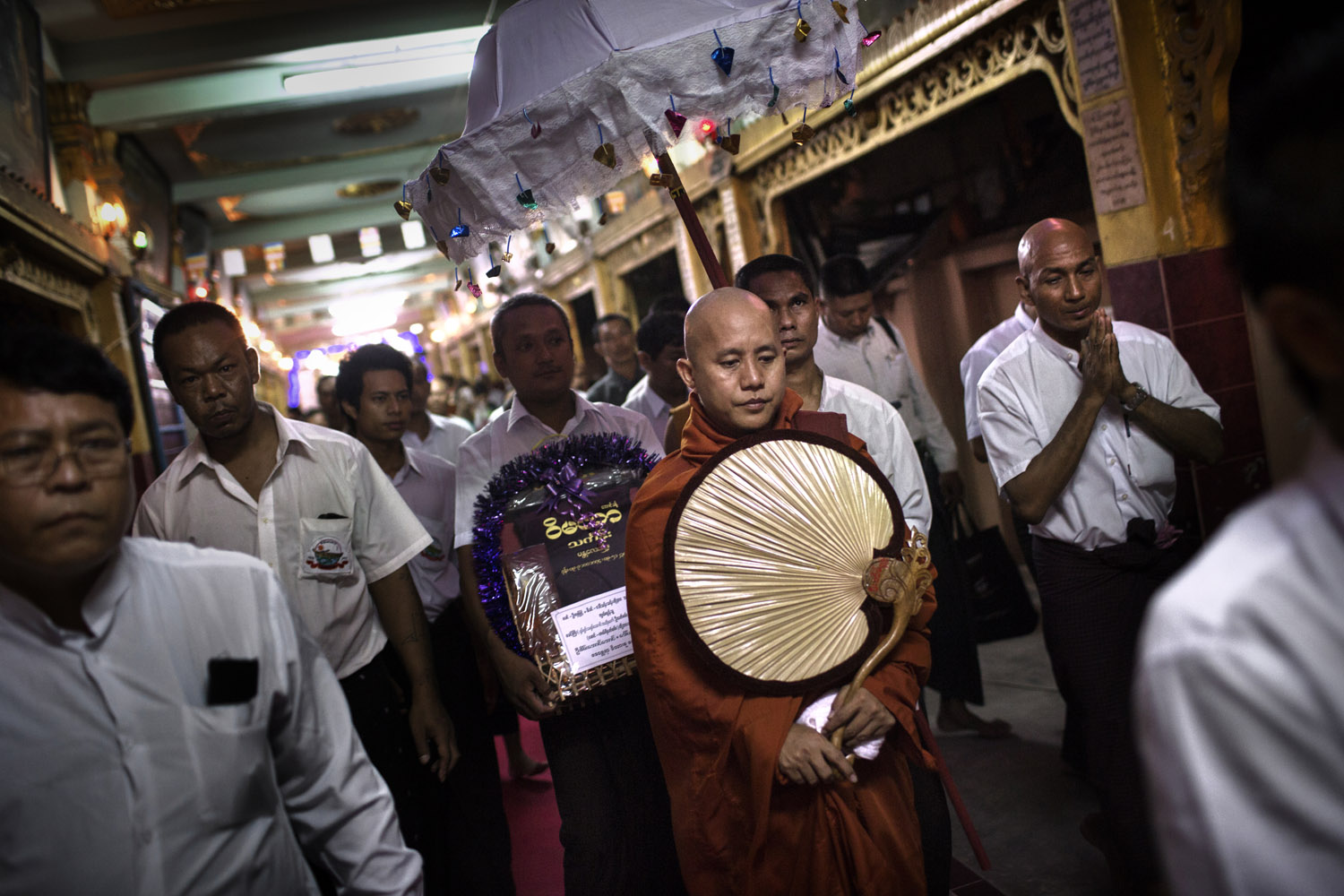
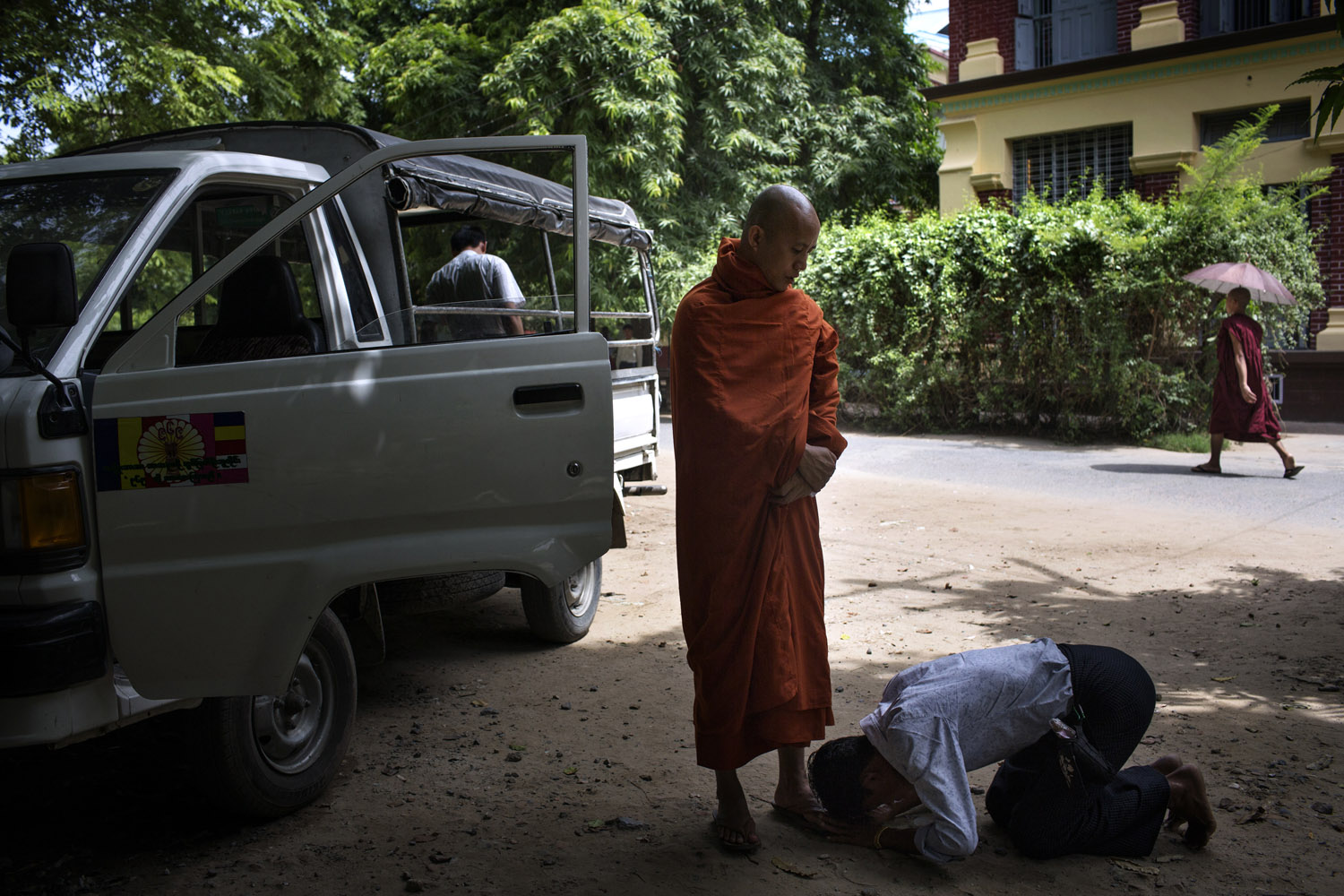
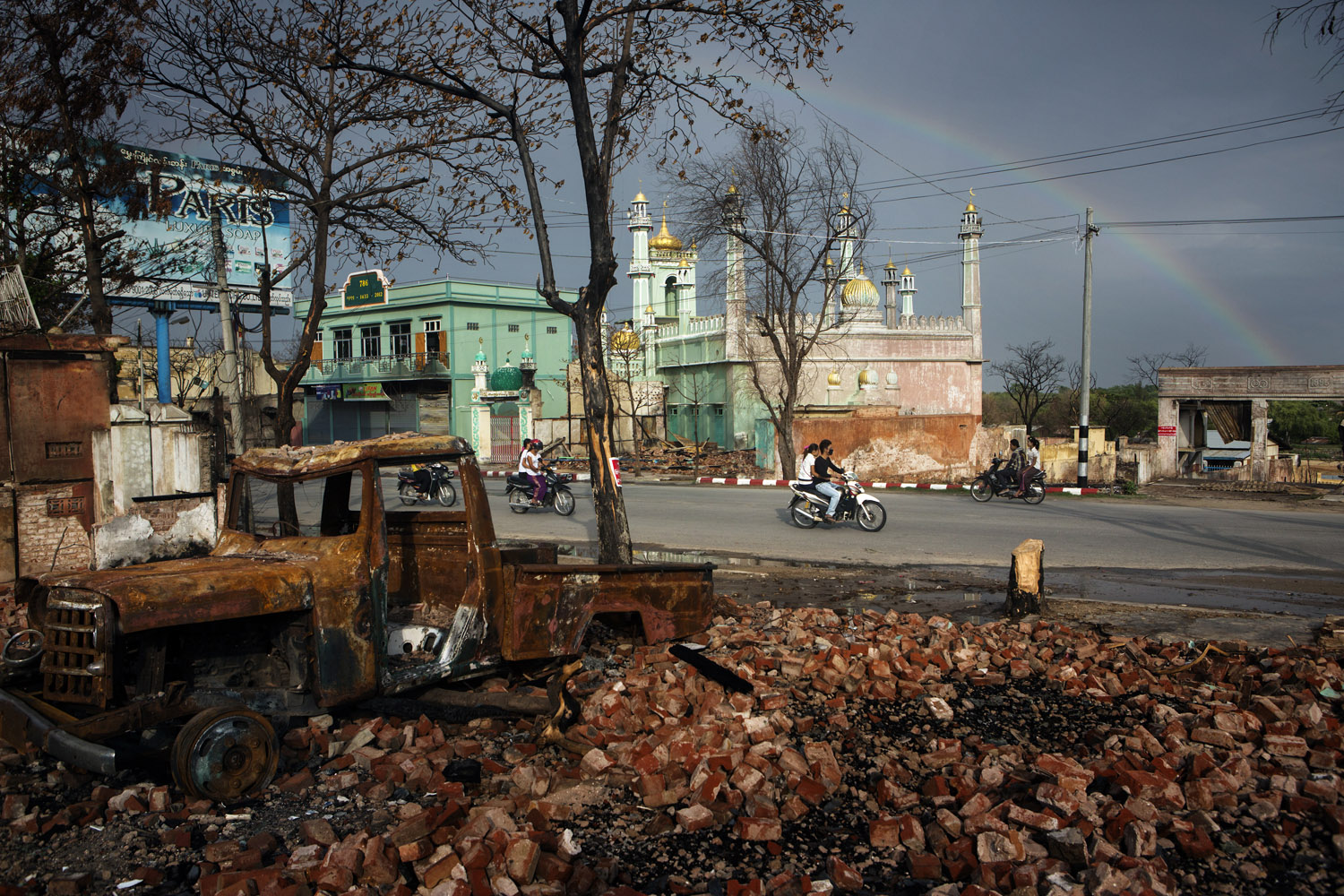


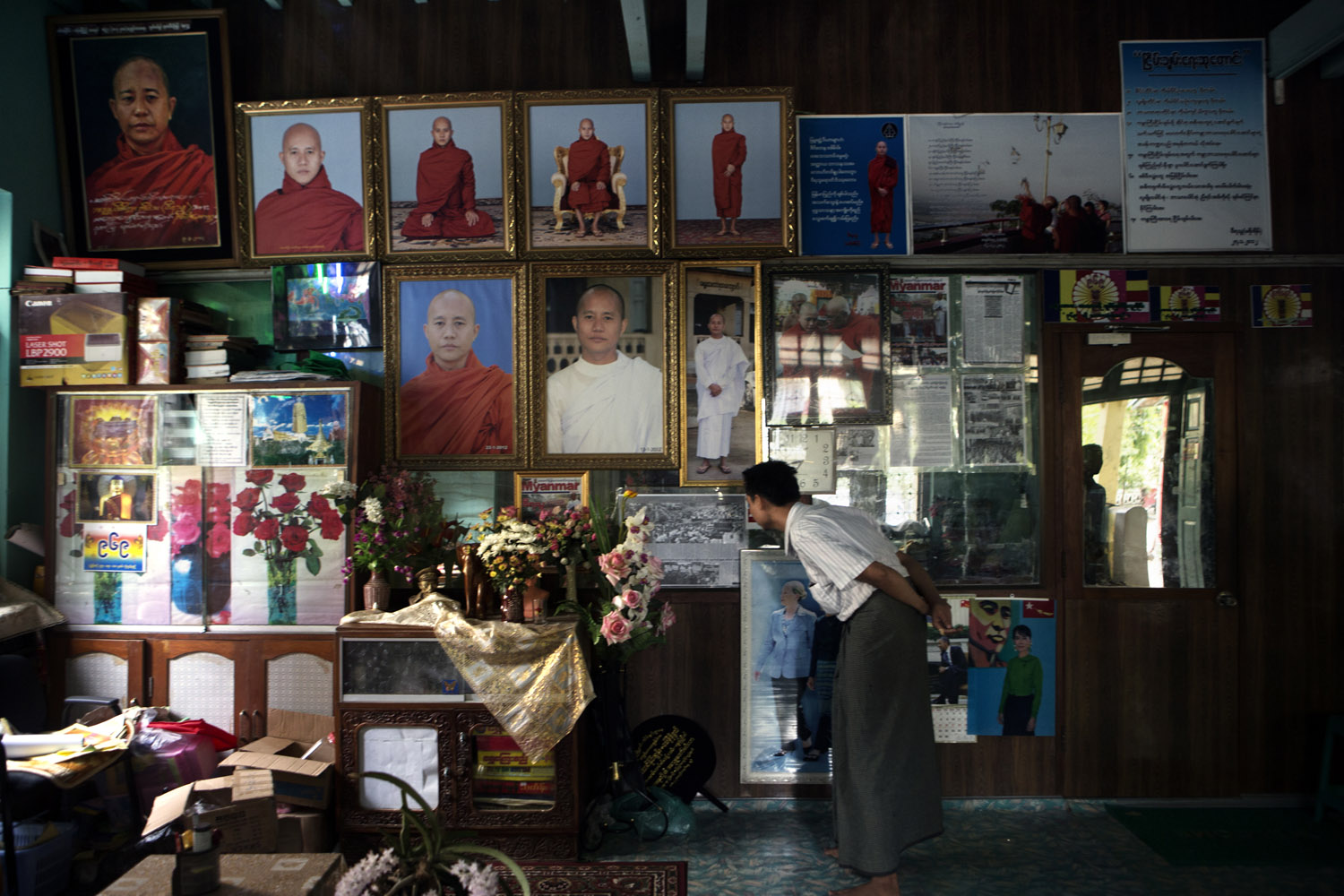
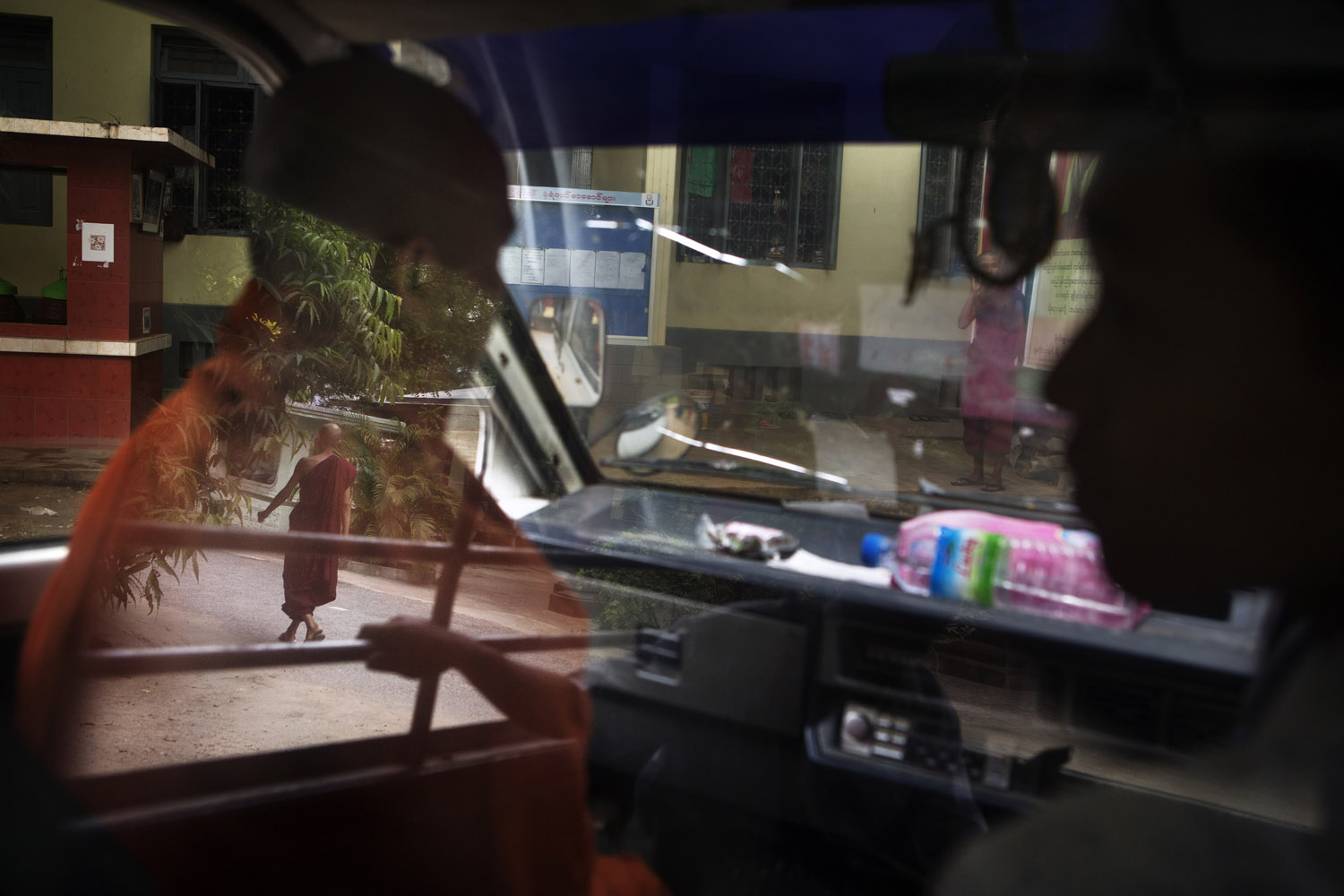
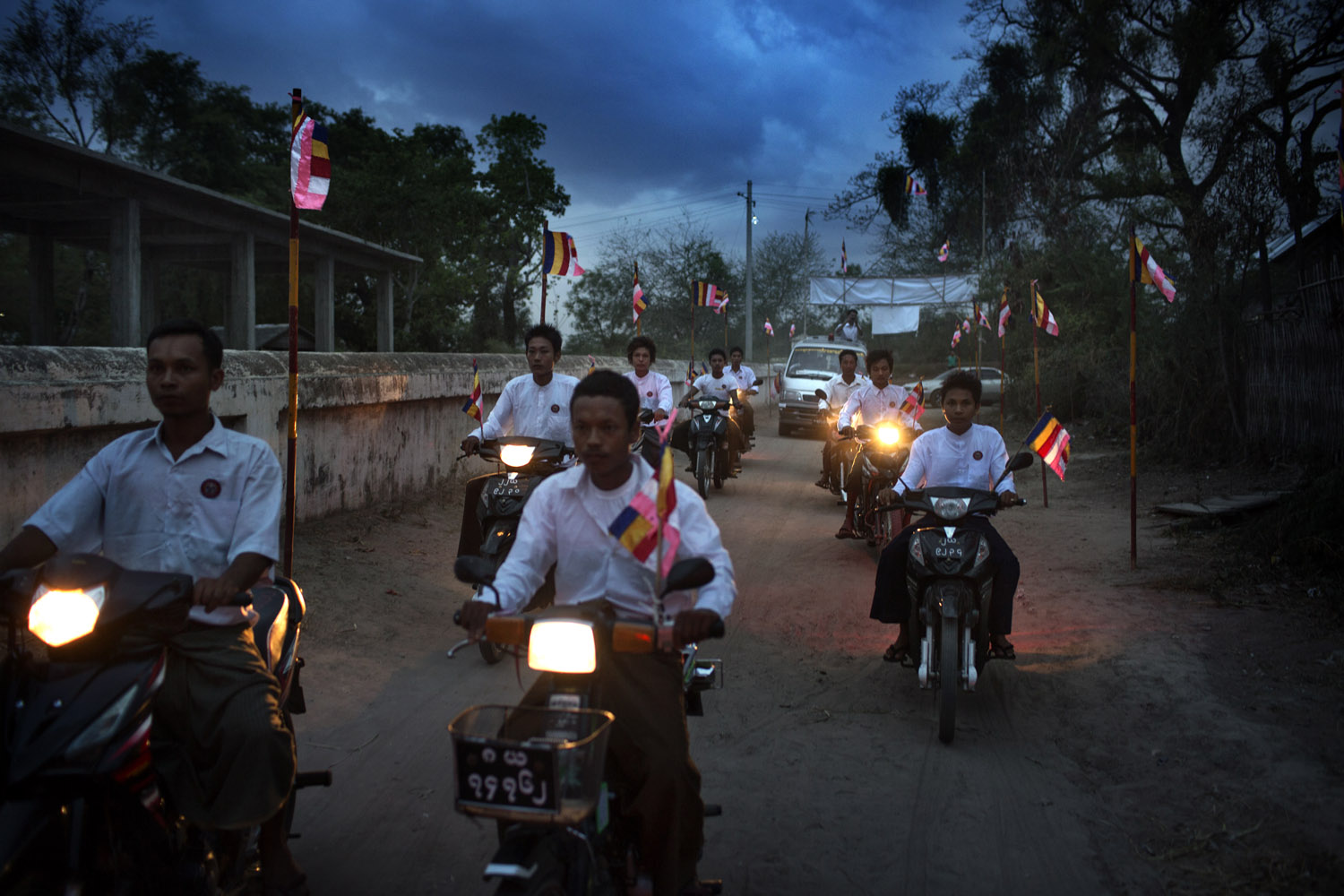
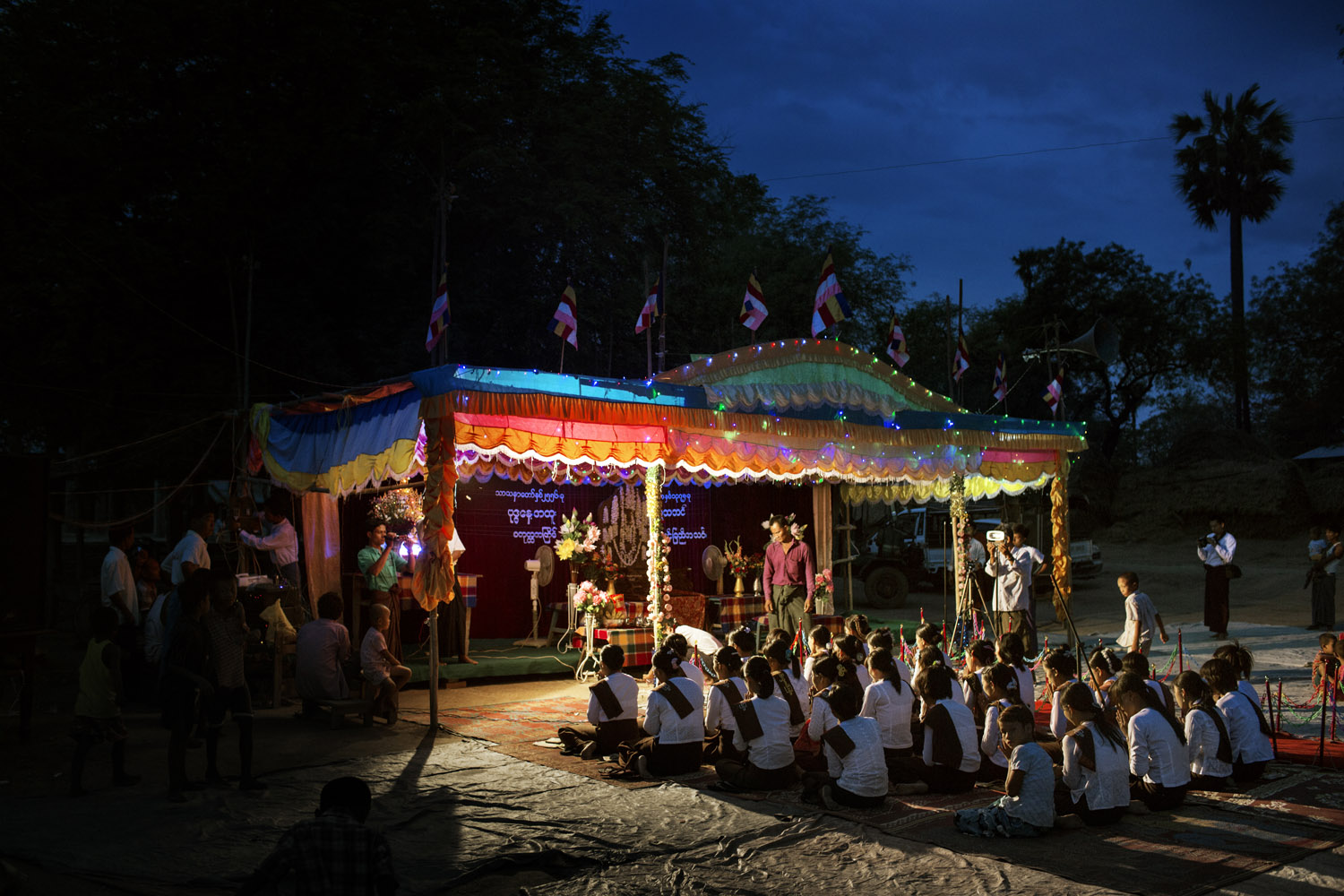
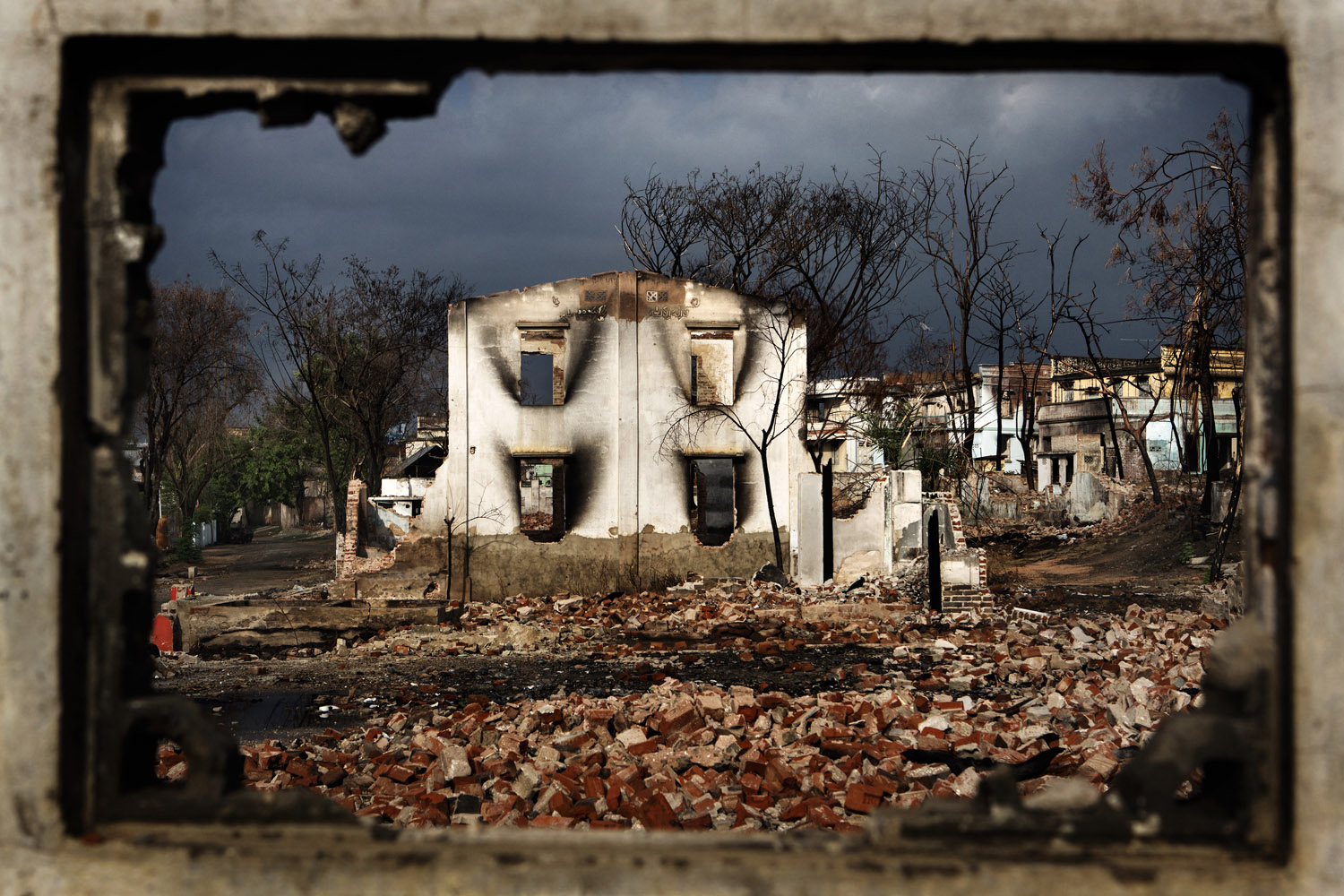
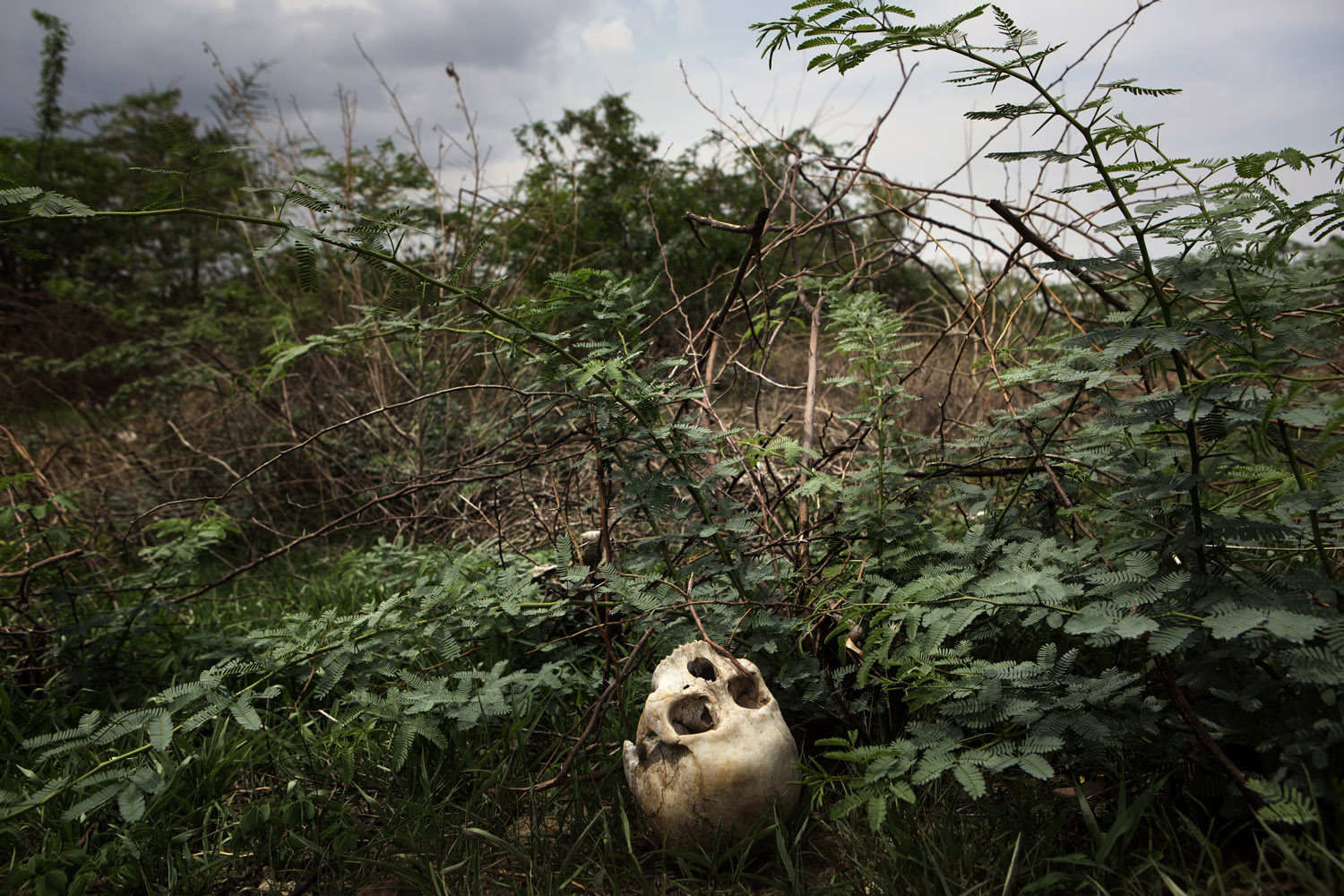

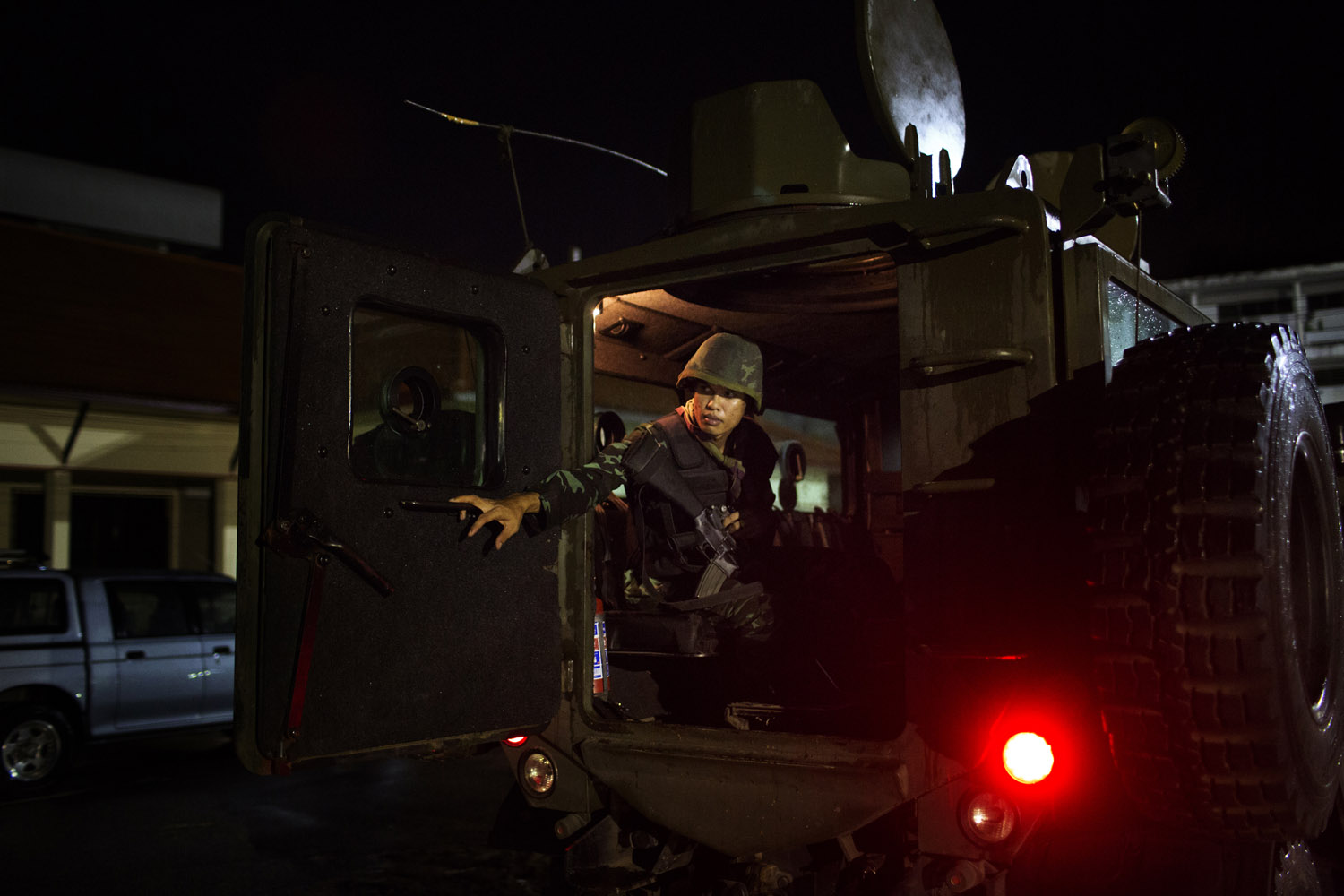

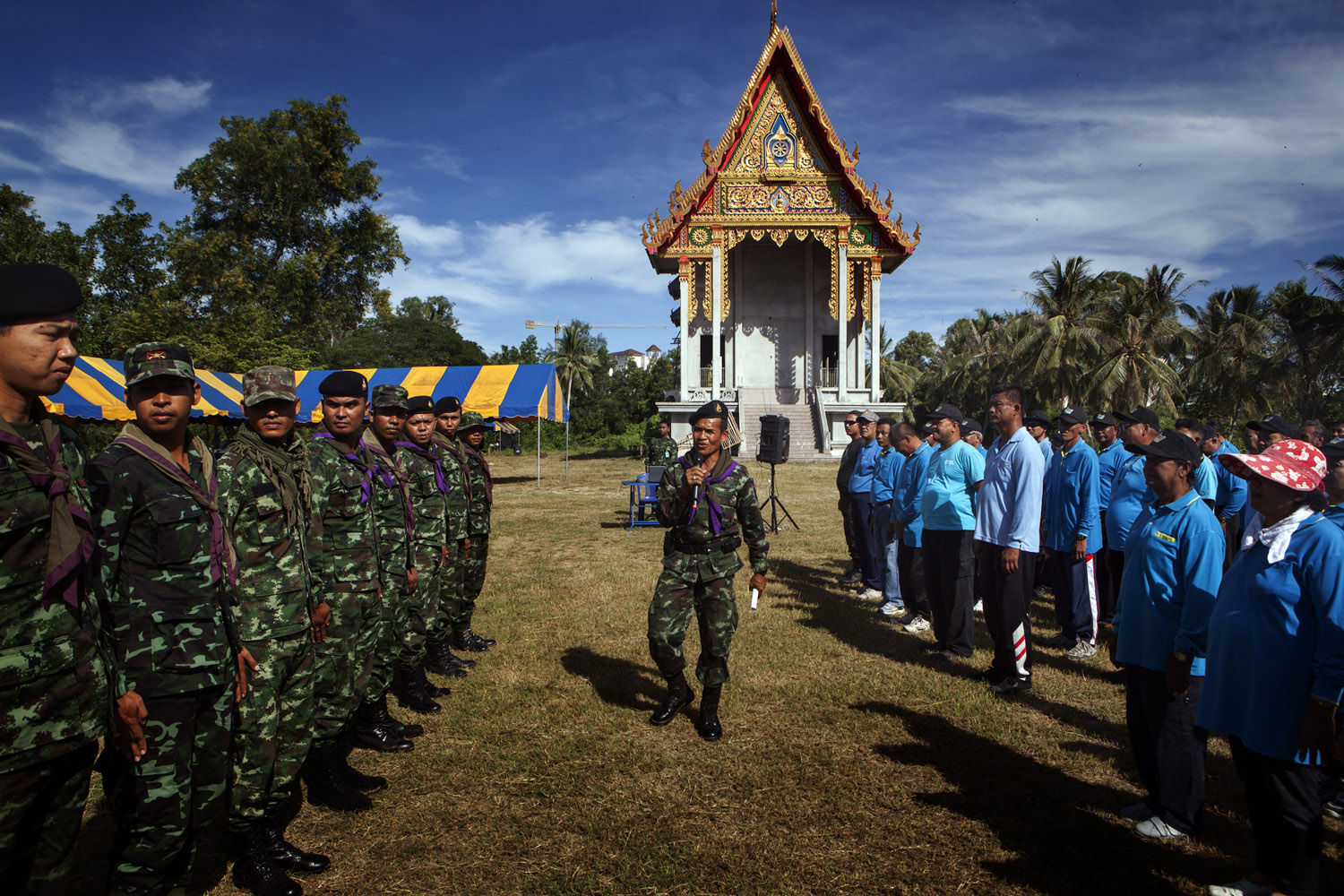
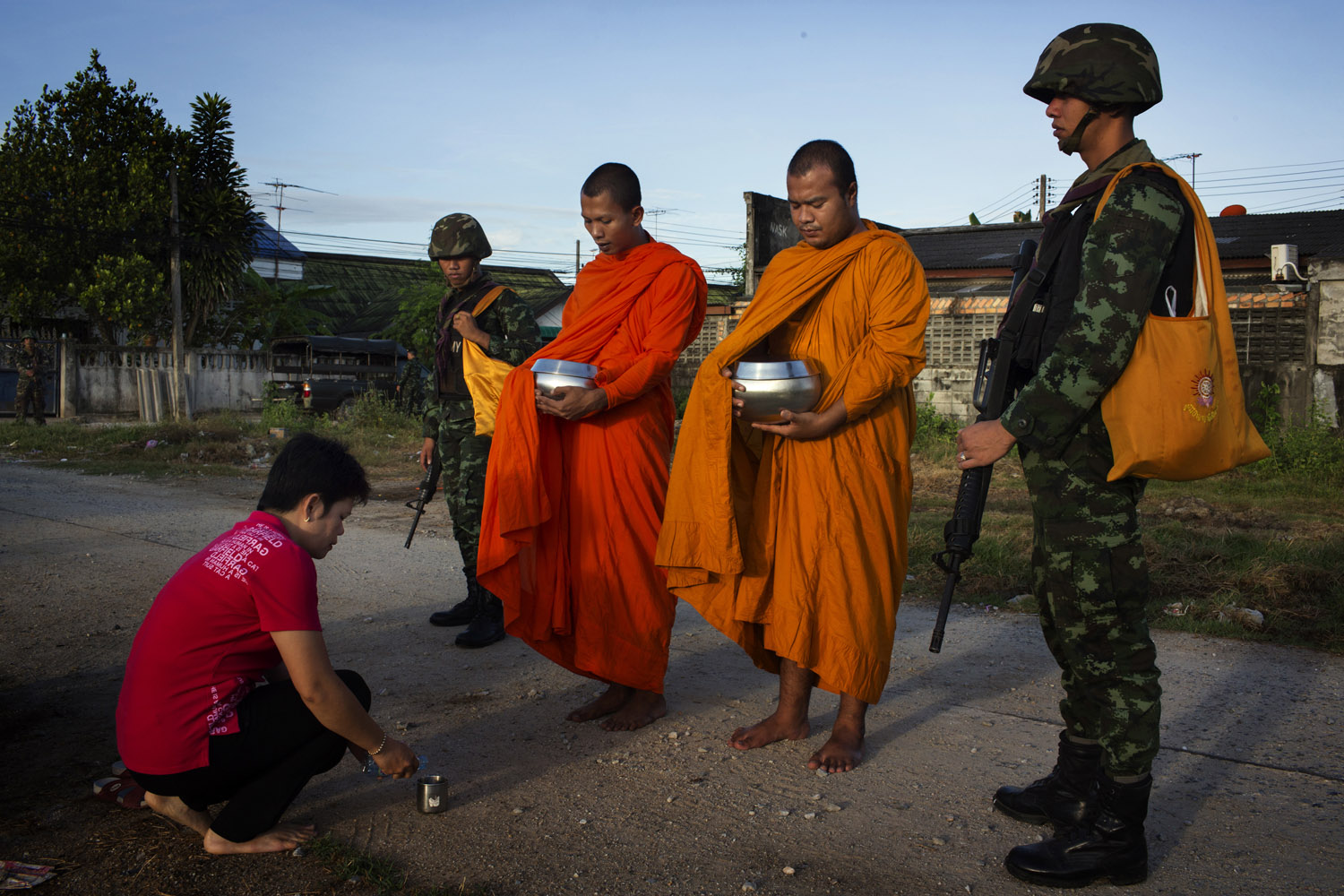
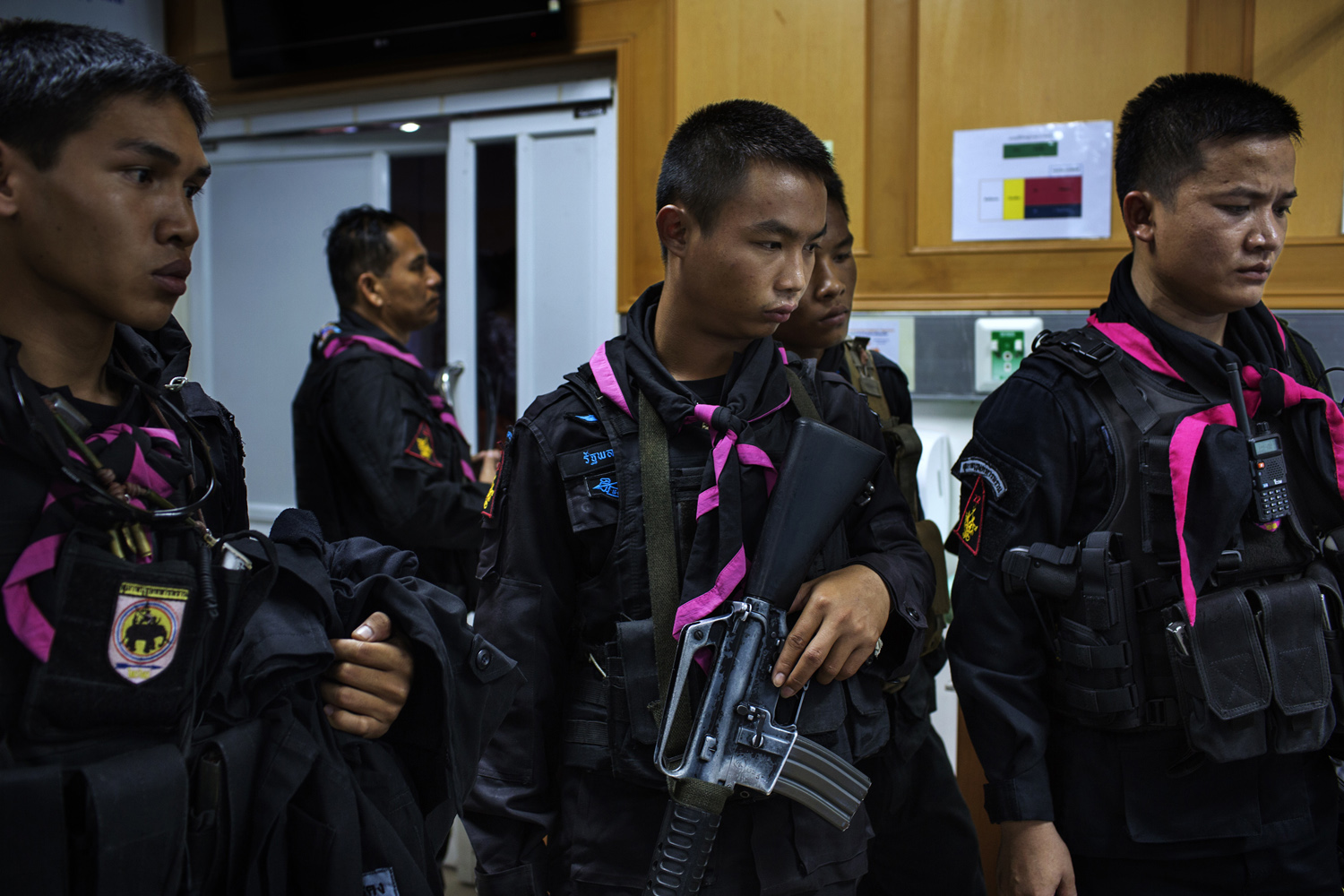
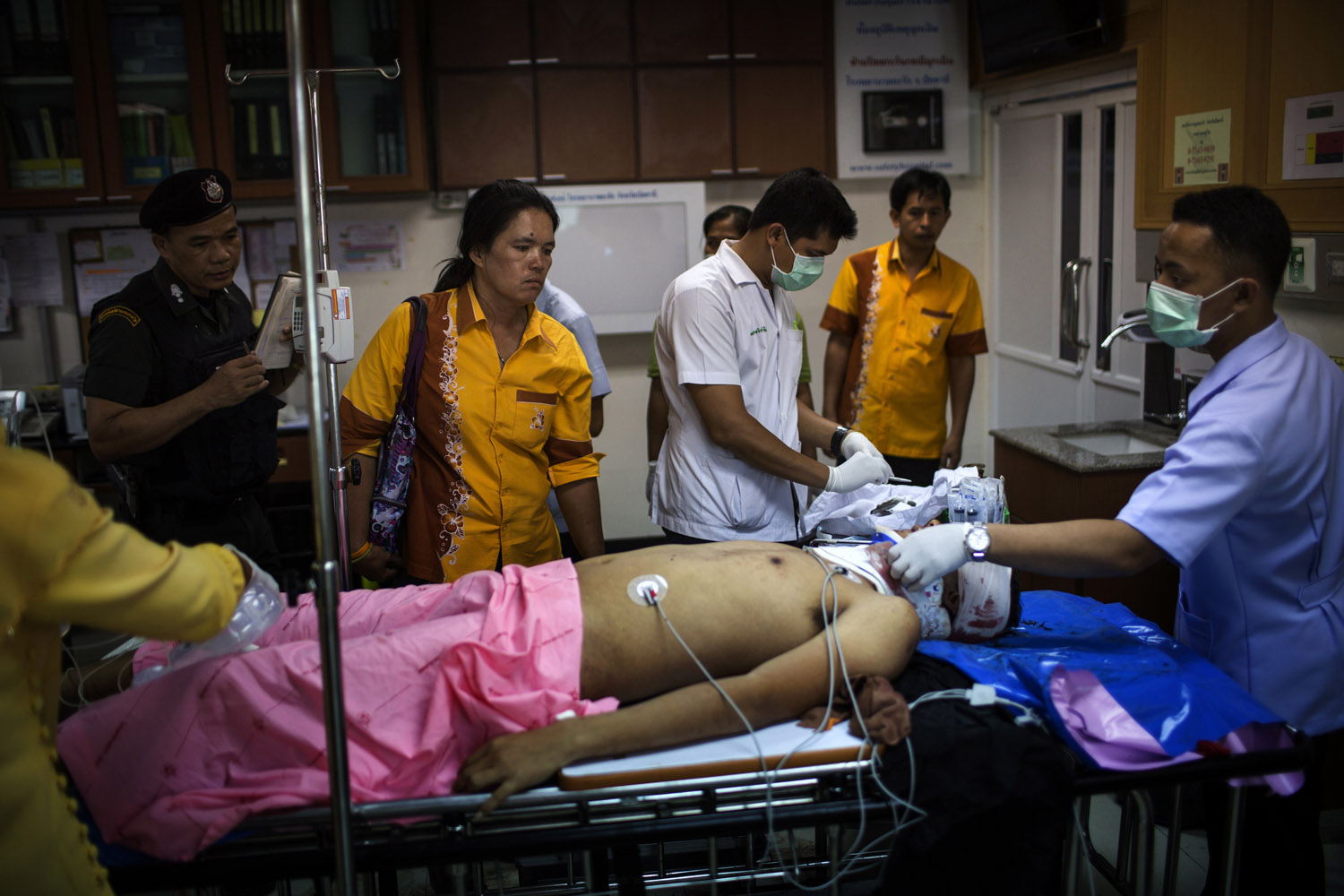
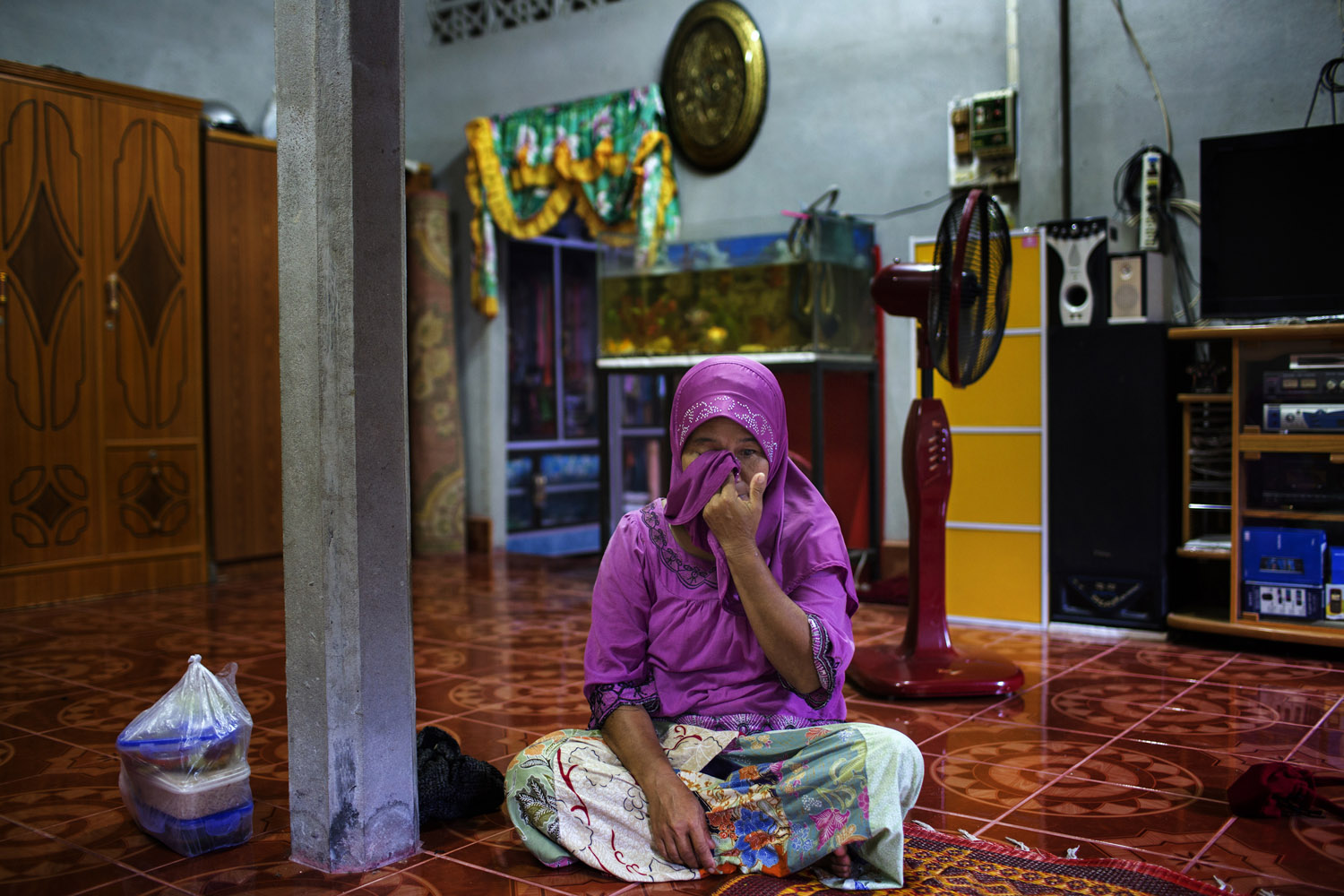
More Must-Reads from TIME
- Why Trump’s Message Worked on Latino Men
- What Trump’s Win Could Mean for Housing
- The 100 Must-Read Books of 2024
- Sleep Doctors Share the 1 Tip That’s Changed Their Lives
- Column: Let’s Bring Back Romance
- What It’s Like to Have Long COVID As a Kid
- FX’s Say Nothing Is the Must-Watch Political Thriller of 2024
- Merle Bombardieri Is Helping People Make the Baby Decision
Contact us at letters@time.com